
Everything you need to know about Minoxidil
By Lucia Ferrari
With hair thinning and hair loss is on the rise in both men and women (even 10 years ago, hair loss seemed to be a male dominated arena, but new research shows that approximately 40% of women will show some signs of genetic or hormone related hair thinning by the age of 50), it’s not surprising that minoxidil, the gold standard drug for treating hair loss, has entered our vernacular. Minoxidil is currently one of the most googled hair and beauty ingredients with interest rising by 32% every month.
So what exactly is Minoxidil? Is it safe? Does it work? And what are the side effects? I asked consultant dermatologist Dr Ophelia Veraitch who has a special interest in hair loss and hair thinning, including a PHD researching hair follicles in Japan and has held a principal position in London’s leading UCLH hospital dealing with hair loss, for the lowdown this drug. She also treats many patients who are concerned about hair thinning and hair loss at her Harley Street clinic in London.
“I think it’s interesting to know that minoxidil was first discovered in the 1960’s as a hair growth drug,” Dr Ophelia tells me. “It was being used as a drug for patients with high blood pressure but it was noticed that those taking it saw an increase in hair growth, so it was developed into a topical solution to treat androgenic alopecia in hair in both men and women meaning that for the last 60 years or so, it has been and remains the most effective drug for managing patients with hair loss and hair thinning.”
Minoxidil can be taken orally, applied topically or in some cases both. It’s most widely known in the over-the-counter hair loss formula, Regaine, in which it’s available in either 2% or 5% strengths in a lotion or a foam. It does however have an unwanted side-effect that can occur in when you start taking it, which is that it can cause more hair shedding before your new hair re-starts to grow. Doctors and dermatologists refer to this as ‘paradoxical shedding’. “Some scientific papers refer to this as the ‘dread shed’ which can obviously be extremely distressing to someone already suffering from hair loss’, explains Dr Ophelia.
So does it work for everyone? Dr Ophelia tells me there is some recent research to suggest that in order for topical minoxidil to work, it is necessary that a certain enzyme must be present in your hair follicles, otherwise you may be better off taking minoxidil orally. And there is further recent research from America suggesting that loosely speaking oral minoxidil may be better taken in tablet form for men and topical preparations may be better for women (or a combination of both).
Dr Ophelia goes on to say however that for the majority of the women she sees in her private clinic, she has developed other effective topical lotions which do not include minoxidil “as the paradoxical hair shedding can be so distressing for the majority of women going through hair thinning or hair loss, who simply find it too stressful so I have formulated an effective range of hair tonics without it.”
Her topical Hair Growth Elixir which you apply directly to the scalp has been developed with solid scientific research to include melatonin and finasteride to promote hair growth. Finasteride has been shown to help reverse hormonal hair shedding and thinning while melatonin is the sleep hormone (our hair grows when we sleep) and is often given to cashmere goats to increase their wool yield. There is strong clinical evidence showing that it helps hair growth also.
If paradoxical hair shedding isn’t a concern for patients, Dr Ophelia also has another Hair Growth Elixir Plus which combines minoxidil with melatonin and finasteride. And the strength of minoxidil can be varied from 1% to 10% depending on the individual’s needs. If hair shedding isn’t a particular concern, Dr Ophelia does recommend trying the off-shelf Regaine as a good first option treatment because, “it is cost effective and widely available”.
“However, there are other downsides,” she warns. “There are quite high levels of alcohol in this off the shelf product to keep the ingredients stable which can sometimes affect hair colour. And it can be drying on the hair and scalp.”
Another more serious concern of Dr Ophelia’s surrounds the online purchasing of oral minoxidil. “There are considerable concerns when taking oral minoxidil which could have potentially serious risks as one of the side effects is that it can cause fluid retention around the heart which can cause a heart arrhythmia (an irregular heartbeat or rhythm). “For this reason, I find it deeply concerning that you can buy oral minoxidil online by untrained individuals,” she tells me. “When I give it to my patients in clinic, they are carefully and regularly monitored, and I will move them on to something else when their hair growth is back to a certain level.”
And for best results, Dr Ophelia explains that after assessing the patient and establishing the cause of hair loss, she will devise a plan which often includes topical lotions (which may or may not include minoxidil), oral medication, her hair vitamins and some in clinic treatments such as PRF (platelet rich fibrin treatment which involves the patient’s own blood being injected into the scalp to stimulate hair growth). She can also advise on lifestyle and diet changes.
So in conclusion, if funds are permitting, a visit to a consultant dermatologist such as Dr Ophelia is the best first port of call when dealing with hair loss as she can firstly establish the reason why it’s happening which will affect the most effective treatment plan. Minoxidil is without doubt an important and effective ingredient for dealing with hair loss, but it must be understood and taken or administered correctly. And it’s reassuring to know there are other researched options available such as Dr Ophelia’s hair tonics which contain alternative and effective non hair-shedding ingredient options.
Shop Bestsellers



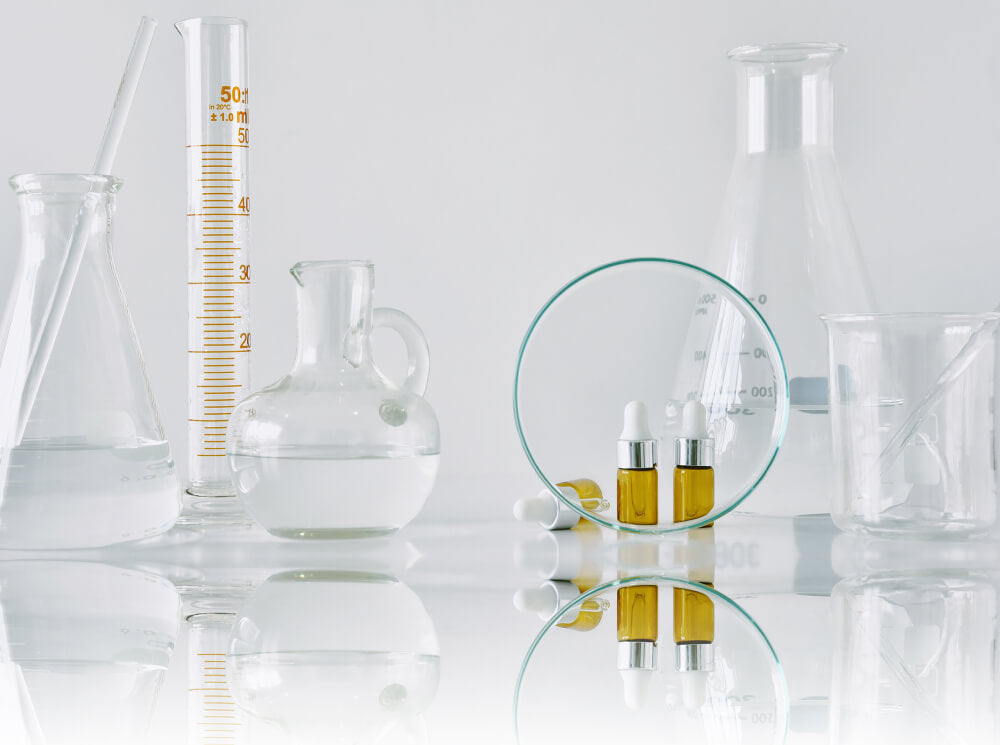
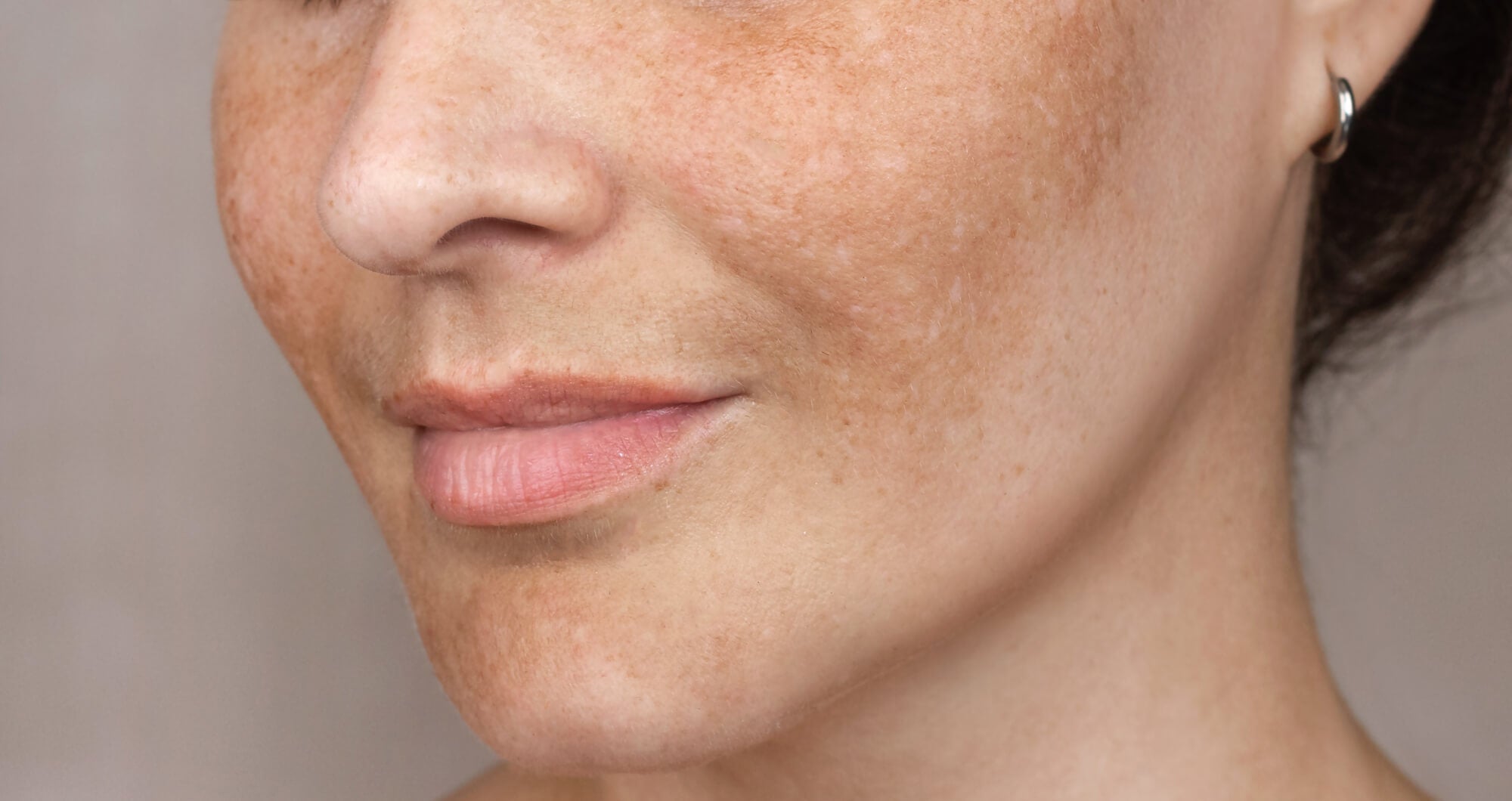

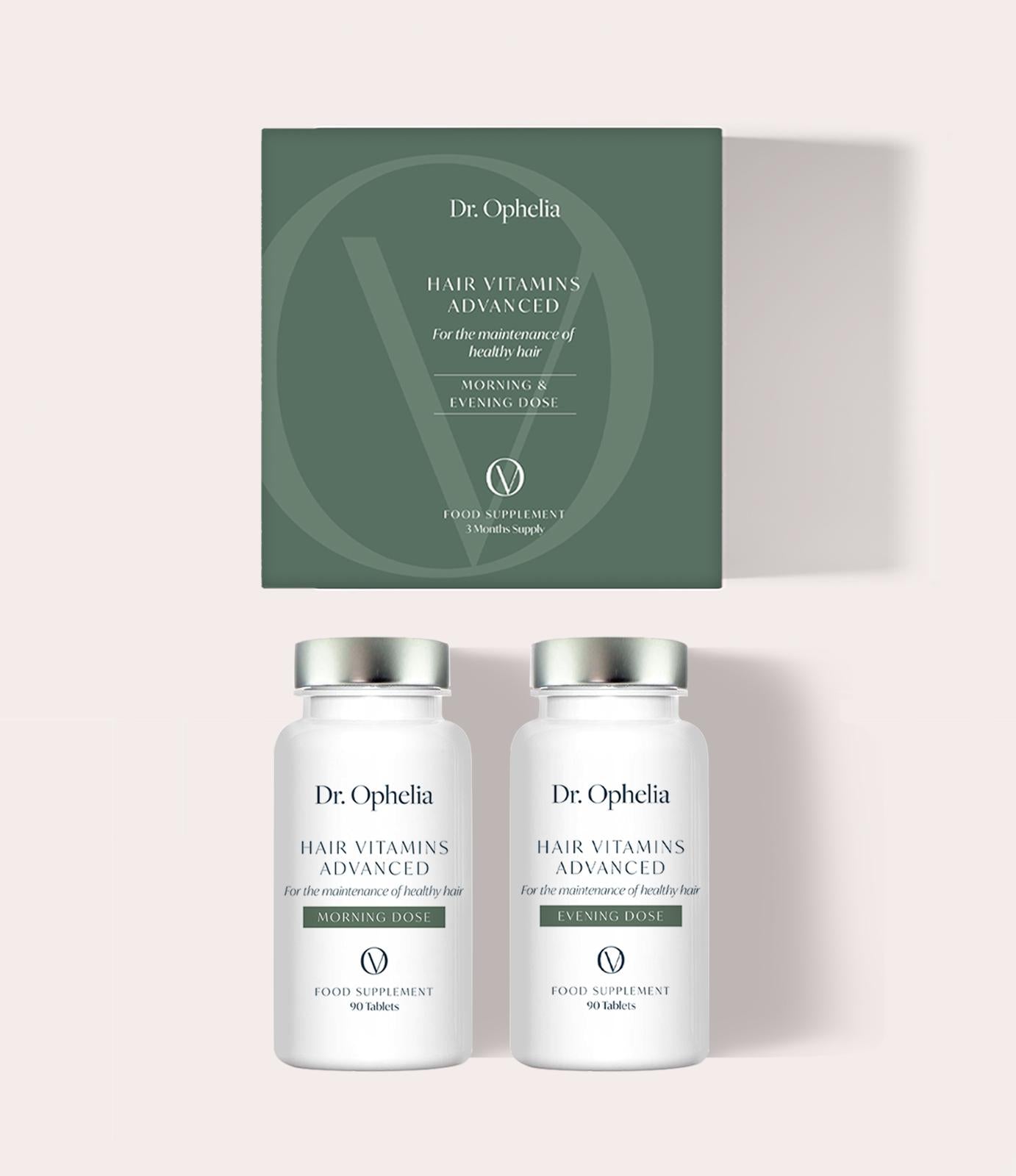
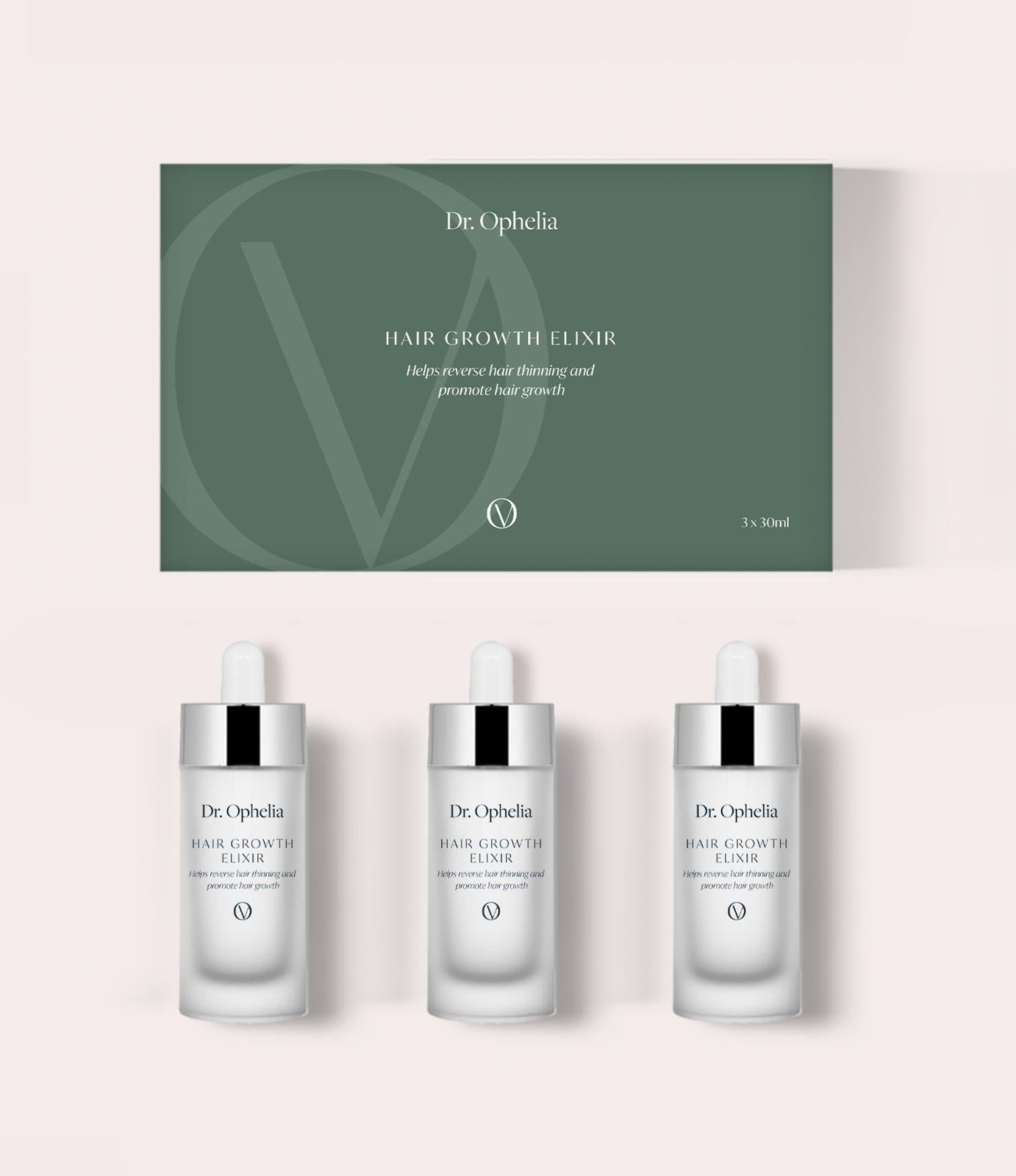
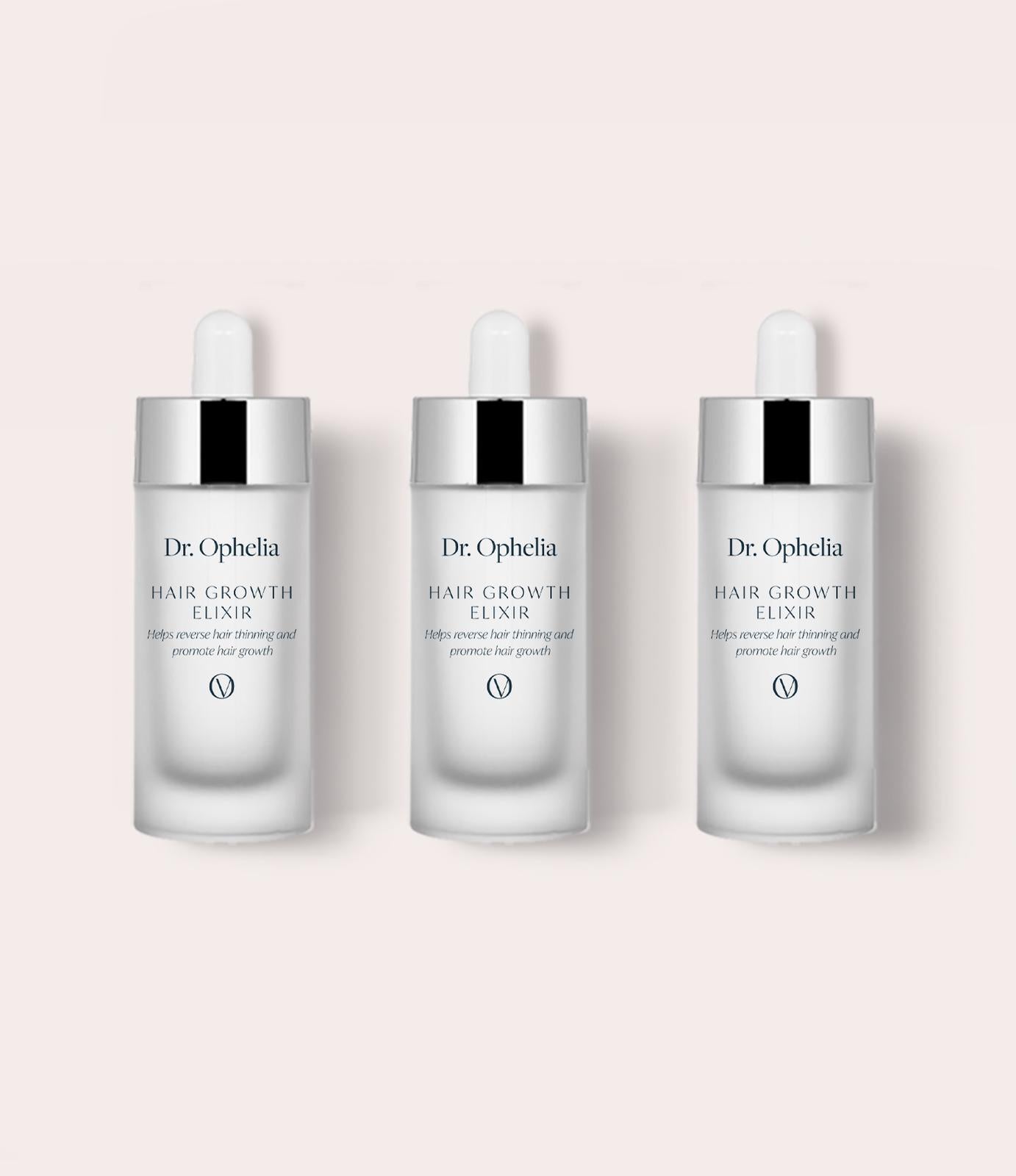
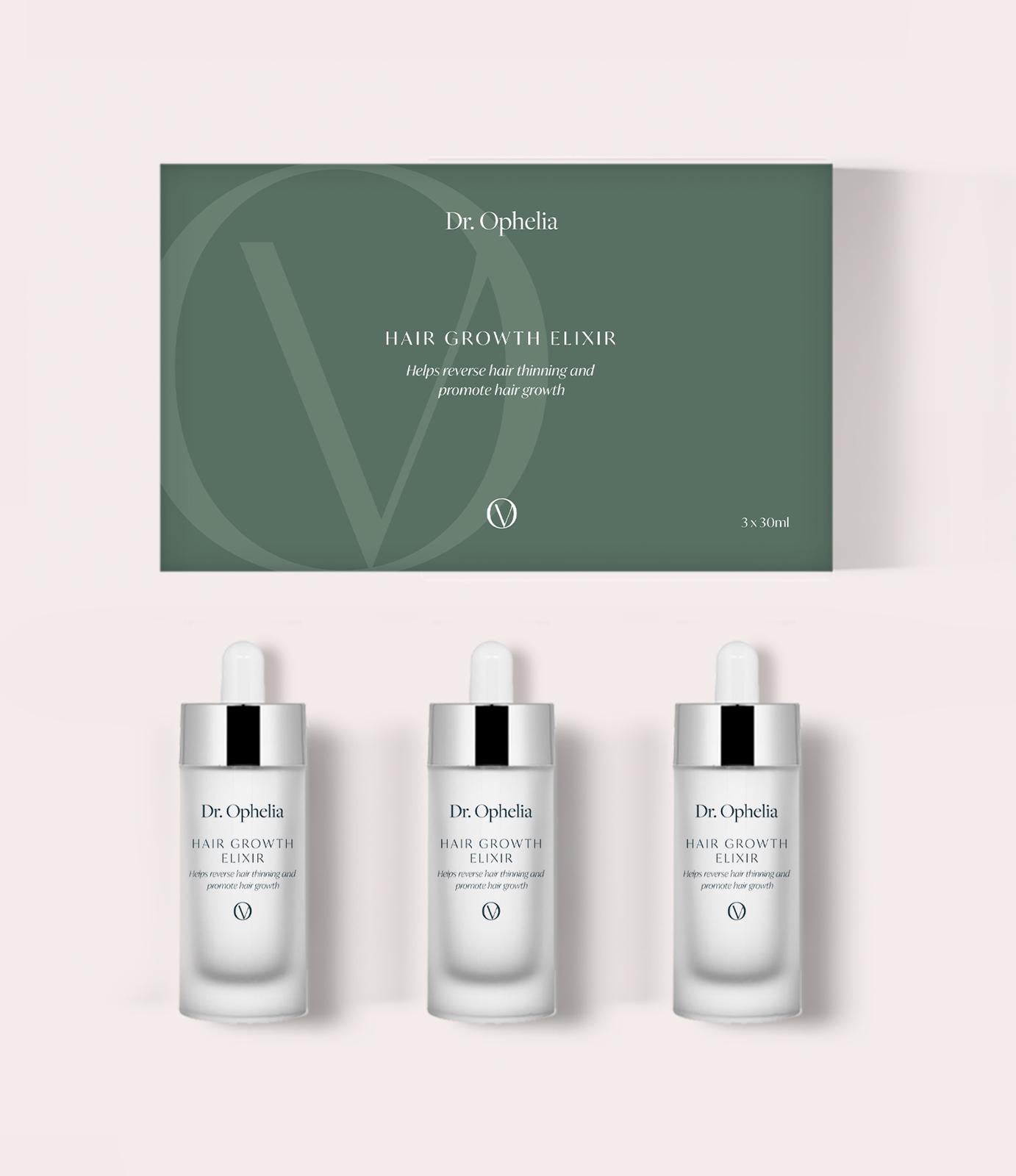
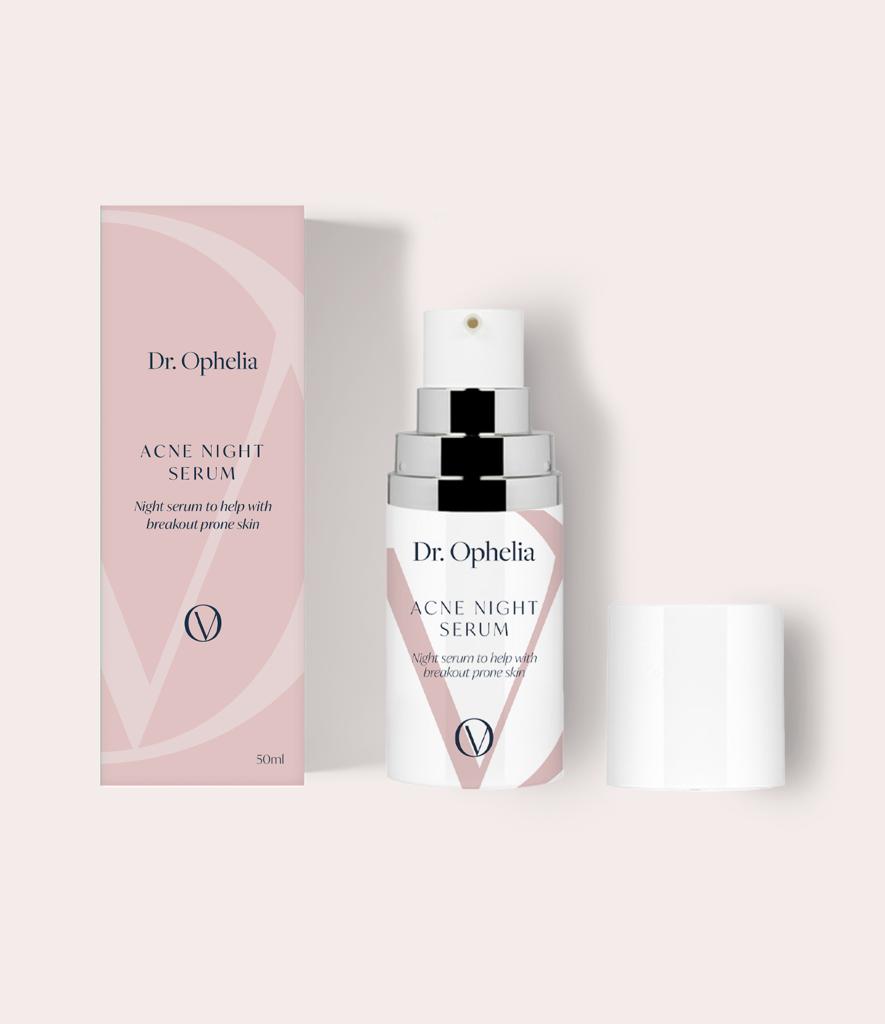
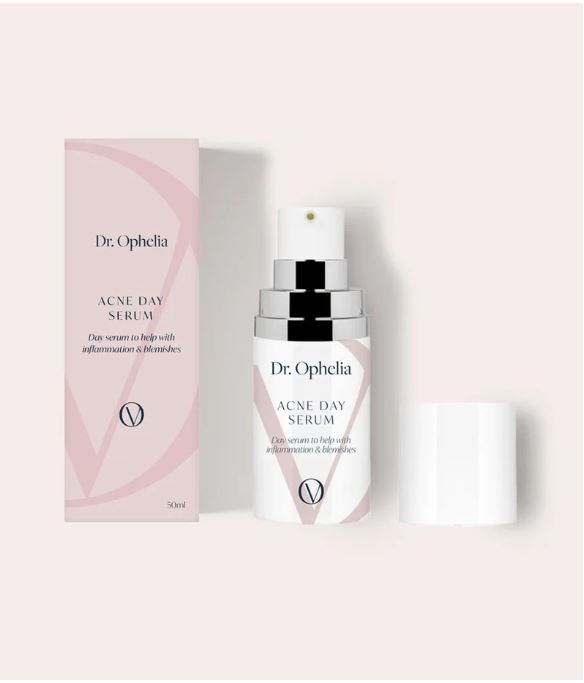
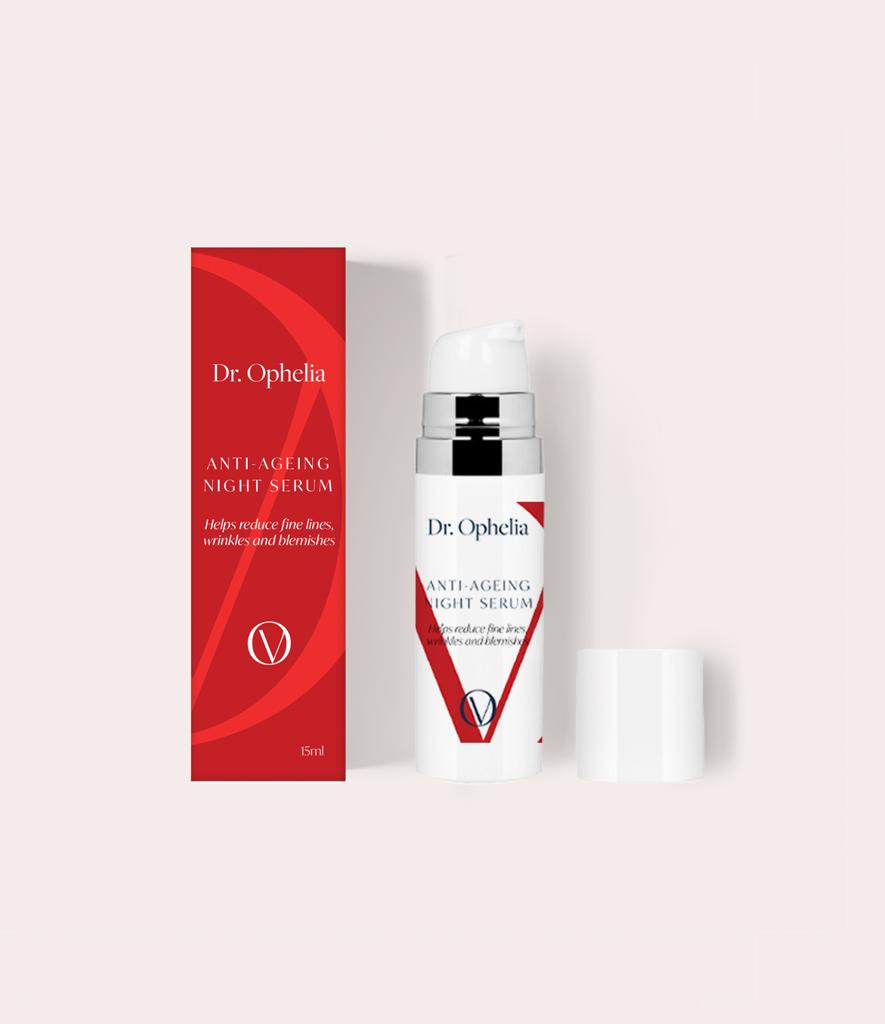
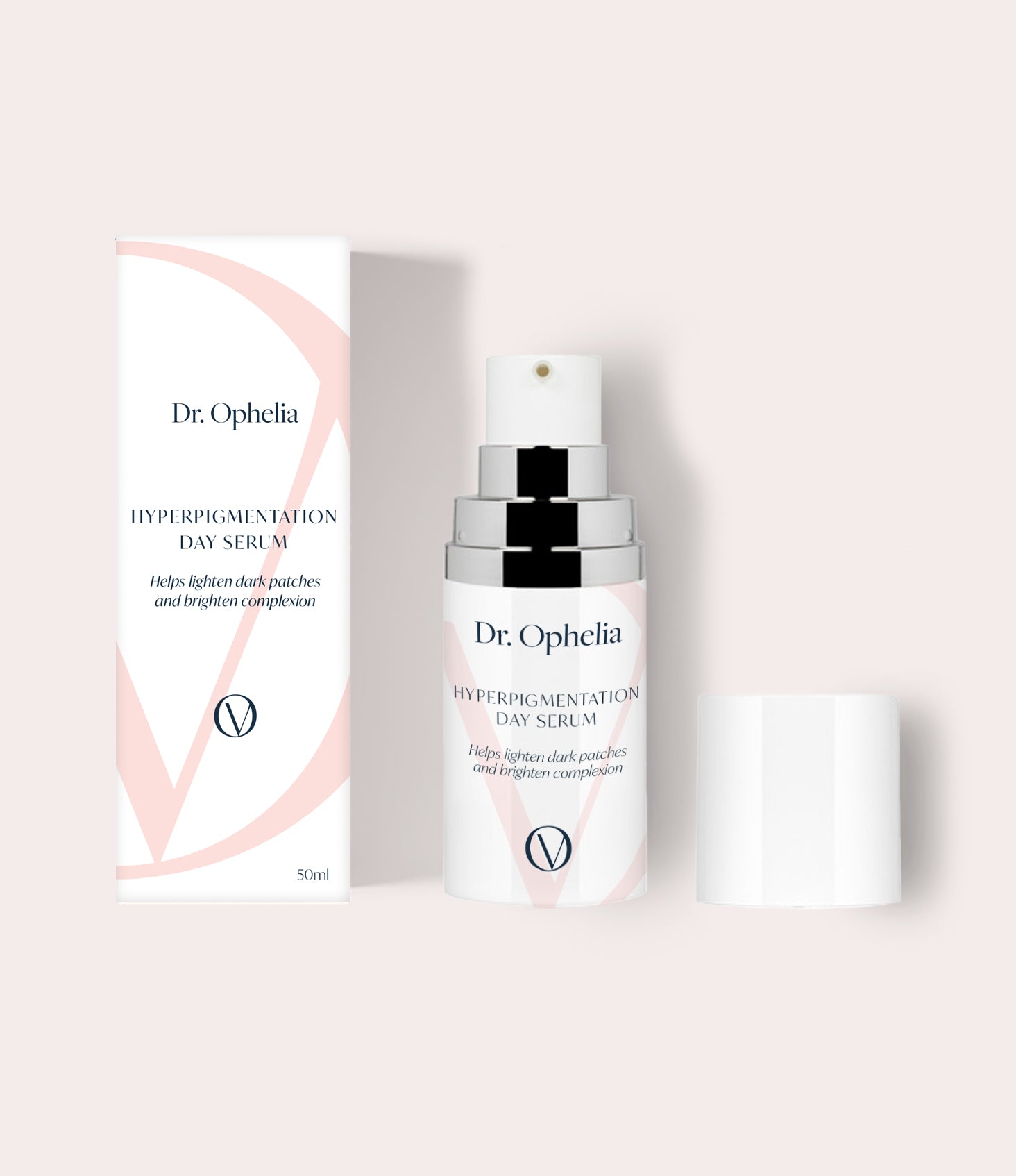
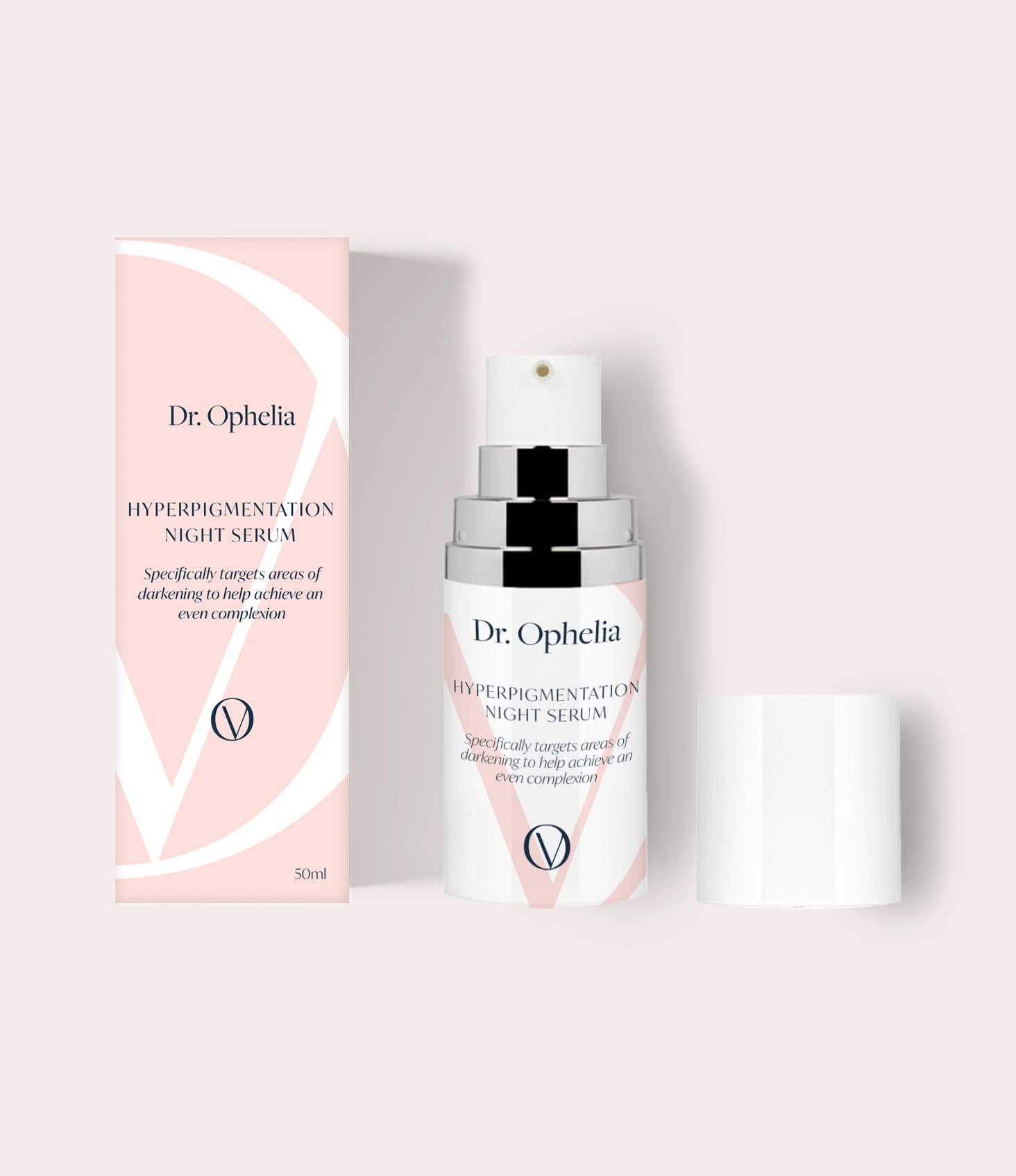
1 comment
Hi I have been experiencing hair loss, I also have essential thrombocythemia and am on interferon. Is this something you can help with? I am 46 female.
Tanya Estrella
Leave a comment
This site is protected by hCaptcha and the hCaptcha Privacy Policy and Terms of Service apply.